Reviewed by Julianne Ngirngir
Google's latest flagships are landing on test benches worldwide, and the early verdicts are shaking up what we thought we knew about smartphone longevity. While the industry chases flashier features, Google quietly delivered something more valuable: phones built to actually last. The Pixel 9 Pro XL survived a full 30 seconds under an open lighter flame without showing visible damage, and its fingerprint scanner kept working even after the glass surface was covered in deep scratches. But here's the kicker: JerryRigEverything confirms Google's bold claim that the Pixel 9 series is "twice as durable as Pixel 8."
What you need to know:
Pixel phones now rank among the most repairable flagship devices, earning recognition from repair experts
Energy efficiency has dramatically improved, with some models reducing lifetime CO2 emissions by 30% compared to predecessors
Real-world battery performance varies wildly between Pixel generations, with surprising winners and losers
Durability testing reveals Google's engineering improvements actually deliver measurable impact
Why the Pixel's durability story keeps getting better
The numbers don't lie: Google managed to reduce the Pixel 8's lifetime carbon emissions to 68kg of CO2-e, down from the Pixel 7's 70kg. That might sound like corporate math, but it represents real engineering progress. The Pixel 8 Pro hit similar marks with 79kg CO2-e compared to the Pixel 7 Pro's 85kg—a 6kg reduction that's actually significant when you consider global smartphone volumes.
This systematic engineering extends beyond materials into structural design. The dual-entry construction, for example, emerged from analyzing common repair failure patterns. iFixit gave the Pixel 8 a respectable 6/10 repairability score, noting that key components like the display, selfie camera, and side button cable can be removed without adhesives. The Pixel 9 Pro XL takes this further with access routes that make screen or battery replacement significantly easier for technicians.
Think of it as Google finally learning the lesson that Samsung discovered with titanium frames: premium materials matter, but thoughtful engineering matters more. The teardown revealed a sturdy mid-frame that helps distribute impact forces—potentially saving your screen from that inevitable sidewalk encounter.
Durability testing validates this engineering focus. The Pixel 9 Pro XL's display glass performed on par with flagship competitors, showing first barely noticeable scratches only at level 6 on the Mohs hardness scale. More importantly, the device passed bend tests without the creaking or flex that plagued earlier generations.
How Pixel battery performance really stacks up
Let's cut through the marketing and talk real numbers. The Google Pixel 8 scored just 103 in DXOMark's battery testing—a surprisingly modest result that placed it "below average" in the premium segment. Compare that to the OnePlus 11's outstanding 13 hours and 11 minutes on Tom's Guide battery test, and you start seeing why Pixel users have mixed feelings about all-day performance.
But here's the plot twist: Google's efficiency gains tell a different story. The Pixel 8 consumes just 4.1 kWh annually, significantly better than many competitors in its class. The Pixel 6 and 7 Pro both hit 4.8 kWh, while the Pixel 6 Pro topped out at 6 kWh—making the newer generation 30-50% more efficient.
This efficiency advantage translates to real-world benefits during extended ownership periods. Lower power consumption means less strain on battery chemistry over multiple charge cycles, potentially extending the usable lifespan of your device through those 42+ month upgrade cycles.
The charging story gets more complex. While the Pixel 8 Pro needs 1 hour 40 minutes for a full wired charge, that's actually 30 minutes faster than the Pixel 7 Pro. But Google's wireless charging remains frustratingly slow: 2 hours 34 minutes for the Pixel 8 Pro versus competitors that hit similar marks in under 2 hours.
Sound familiar? It's the classic Google trade-off: impressive engineering improvements that still leave you reaching for the charger more often than you'd like.
What the repairability revolution means for your wallet
Here's where Google deserves genuine credit: they're making flagship phones you can actually fix. The Pixel 9 series earned runner-up recognition in JerryRigEverything's "Most Repairable" category, losing only to phones specifically designed around repair-first principles. That partnership with iFixit means spare parts are readily available, not locked away in some corporate parts depot.
The practical benefits matter more than repair scores suggest. The USB-C port now sits on a separate daughterboard, making that common failure point much cheaper to replace. This design decision directly addresses one of the most frequent smartphone repairs, potentially saving you hundreds in replacement costs.
But flagship improvements make the budget model situation more frustrating. The Pixel 9a uses "the world's most garbage battery removal system" according to JerryRigEverything, with adhesive so permanent that even experienced technicians struggle with safe removal. This contradiction undermines Google's sustainability messaging—you can't claim environmental leadership while making batteries nearly impossible to recycle.
Compare this to the Fairphone 5's user-replaceable everything, or the Nokia G22's "QuickFix" design, and you realize Google's making progress within the constraints of flagship phone design. The question is whether those constraints justify compromising repairability in their budget lineup.
With upgrade cycles now stretching beyond 42 months, repairability isn't just nice-to-have—it's essential for keeping your phone viable through that extended ownership period.
Where Google's sustainability push actually delivers
The environmental numbers reveal Google's most impressive wins, but they also highlight strategic decisions that separate marketing from genuine progress. Manufacturing represents roughly 80% of a phone's lifecycle carbon emissions, so Google's efficiency gains matter enormously at scale. The Pixel 8 series uses 100% recycled aluminum in housing and 100% recycled tin in circuit board solder—material improvements that required genuine supply chain innovation.
Google's packaging shift tells the same story: 100% plastic-free boxes for the Pixel 8 duo, reportedly making them "the first flagship models in 5 years to have the lowest lifetime CO2." That's meaningful beyond the marketing copy—it represents systematic thinking about environmental impact rather than cherry-picked green initiatives.
But context matters here, and the semiconductor story gets more complex. TechInsights found a 20% difference in carbon output between flagship processors, with manufacturing location playing a huge role. Google's Tensor chips benefit from TSMC's 90% fab abatement efficiency versus competitors using facilities with only 60% efficiency rates. This isn't just about Google's choices—it's about access to the cleanest manufacturing processes available.
The competitive landscape shows mixed progress. The iPhone 15 Pro achieved 100% recycled cobalt in batteries and 25% recycled gold across device circuitry. Samsung's Galaxy S24 Ultra uses at least 50% recycled cobalt and up to 100% recycled rare earth elements in magnets. Google's playing catch-up in some areas while leading in others.
The real test? Whether these improvements scale across Google's entire lineup, not just flagship showcases where the margins support premium materials and processes.
The verdict: Better foundations, familiar limitations
Google's Pixel evolution reflects broader smartphone industry maturation, but with telling differences in execution priorities. Build quality has improved across the board to meet consumer expectations, with virtually all flagships now sporting IP68 water resistance and more durable materials. The seven years of software updates promised for current Pixels matches this extended-lifecycle thinking.
The implications for your next phone purchase are straightforward: Google's making genuine progress on the fundamentals that determine whether your device survives three-plus years of daily use. Those efficiency improvements translate to better battery longevity. The repairability focus means potentially cheaper maintenance costs. The durability gains should reduce accidental damage incidents.
But significant gaps remain. That nightmare battery replacement process in budget models undermines Google's sustainability messaging. Charging speeds that lag premium competitors matter when you're asking people to keep phones longer. And the efficiency improvements, while real, still leave Pixels trailing dedicated battery champions like OnePlus or recent Samsung flagships.
The bottom line? Google's making genuine progress on the fundamentals that determine whether your next phone survives three-plus years of daily use. That's not sexy, but it's exactly what the industry—and your wallet—needs right now.






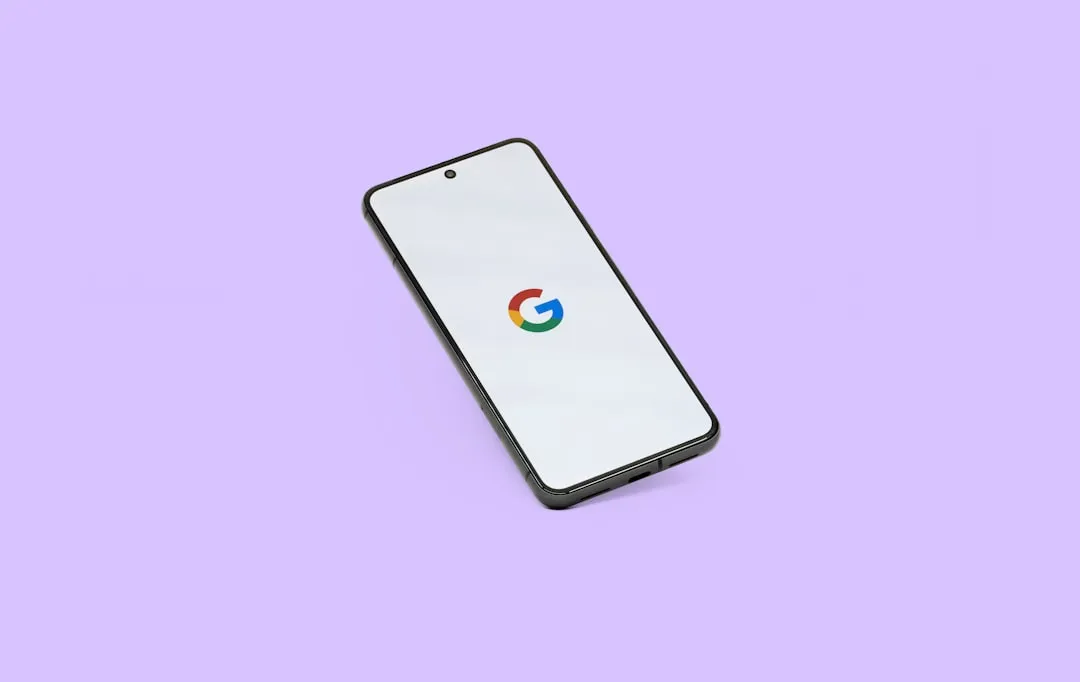

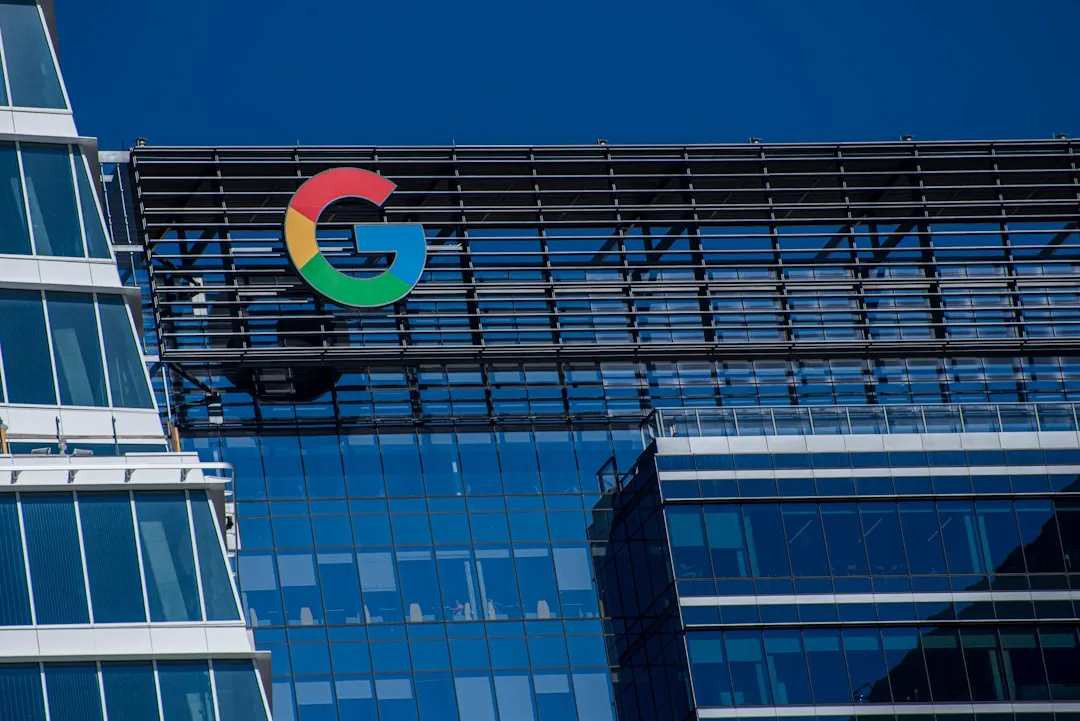
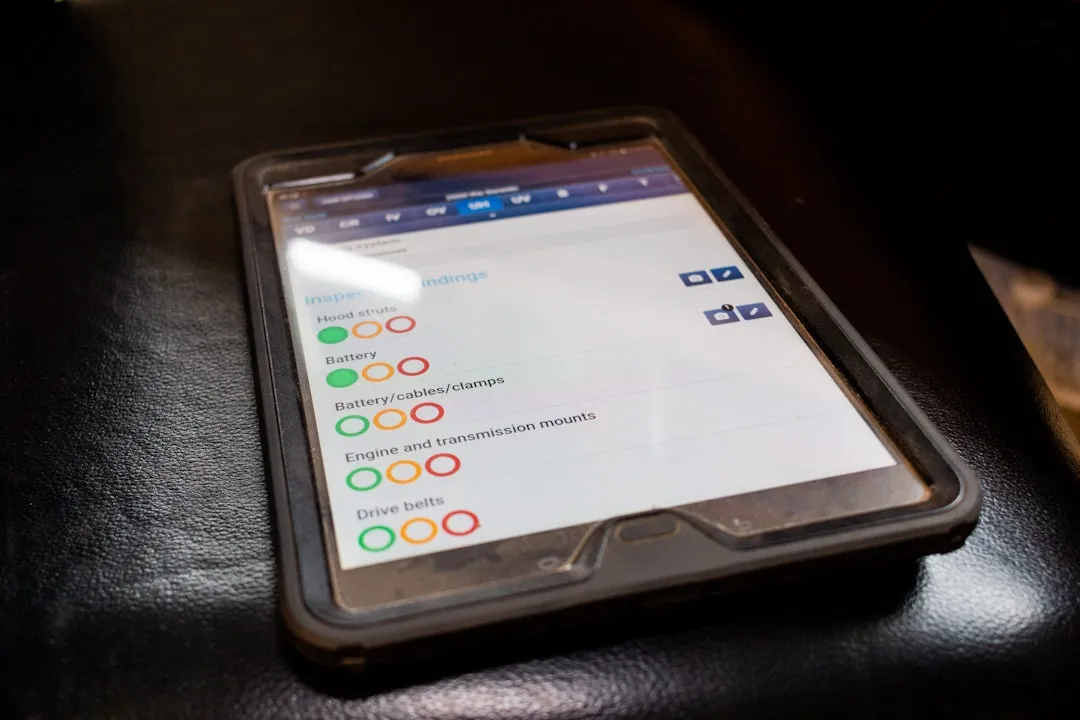


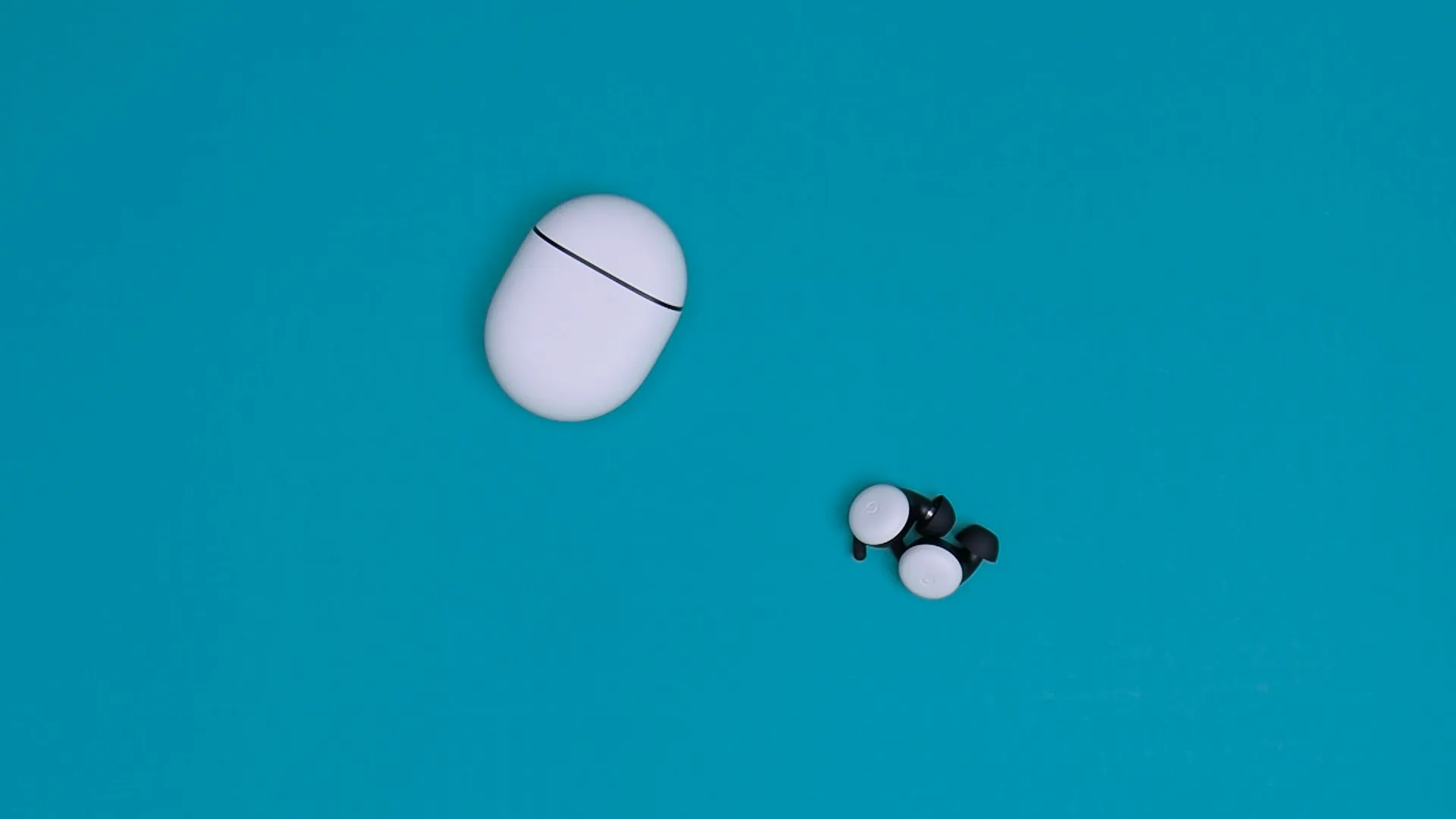



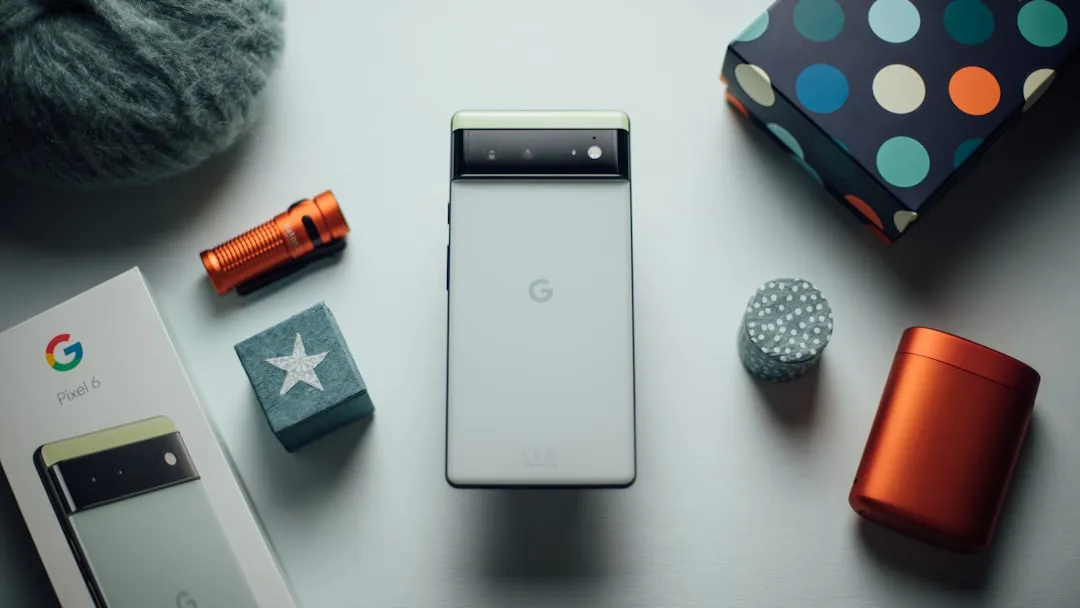

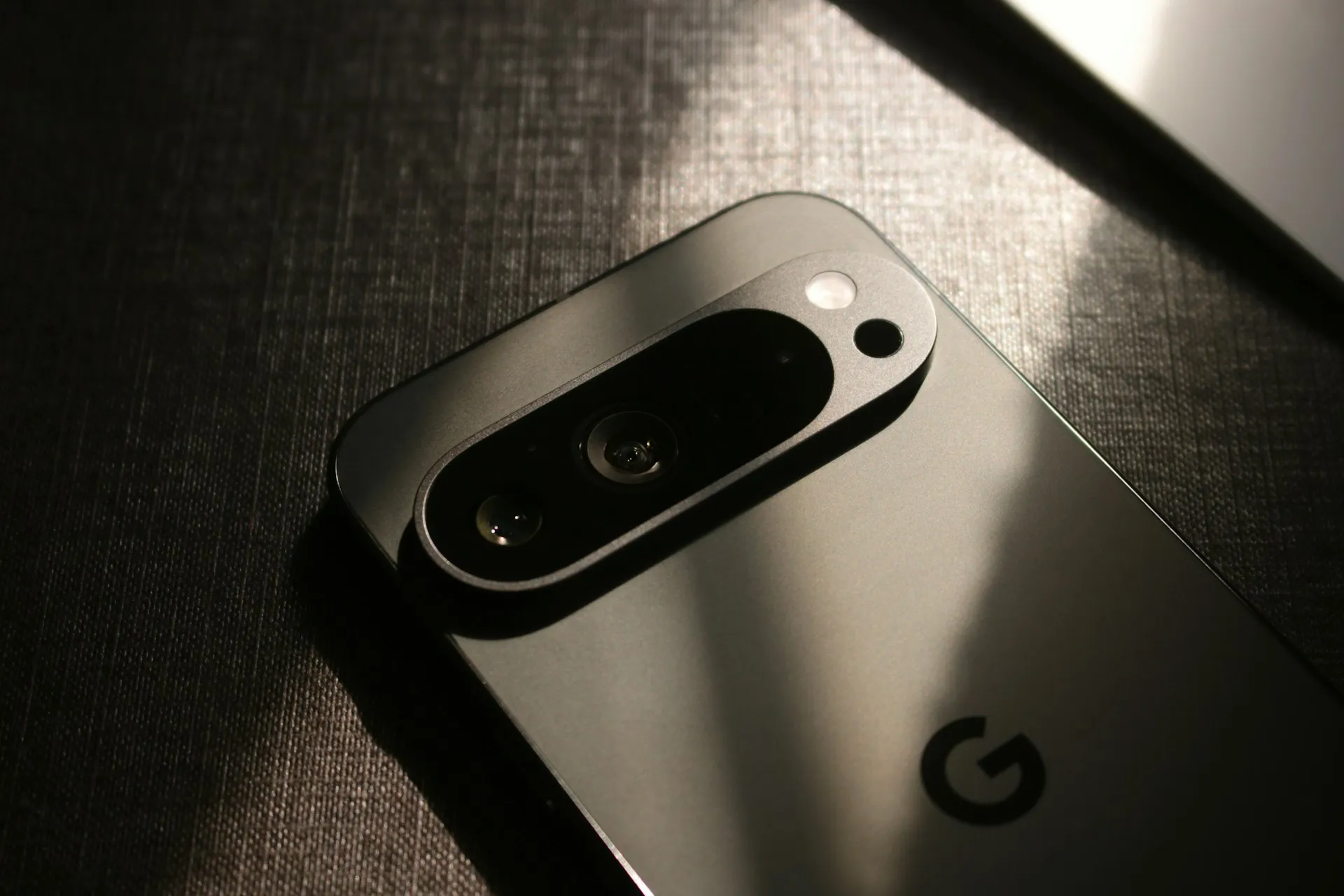
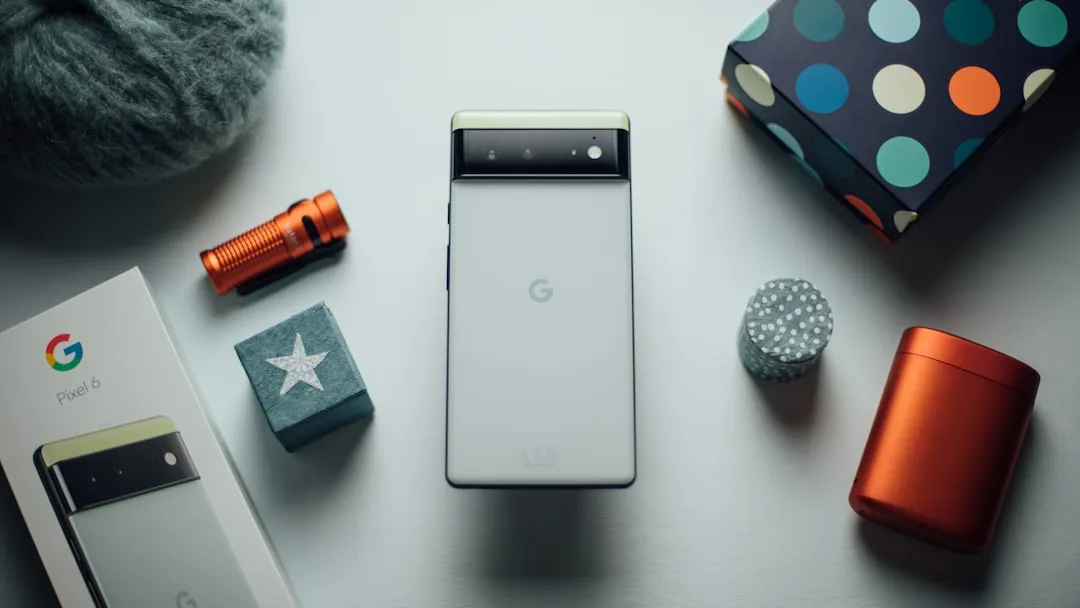
Comments
Be the first, drop a comment!